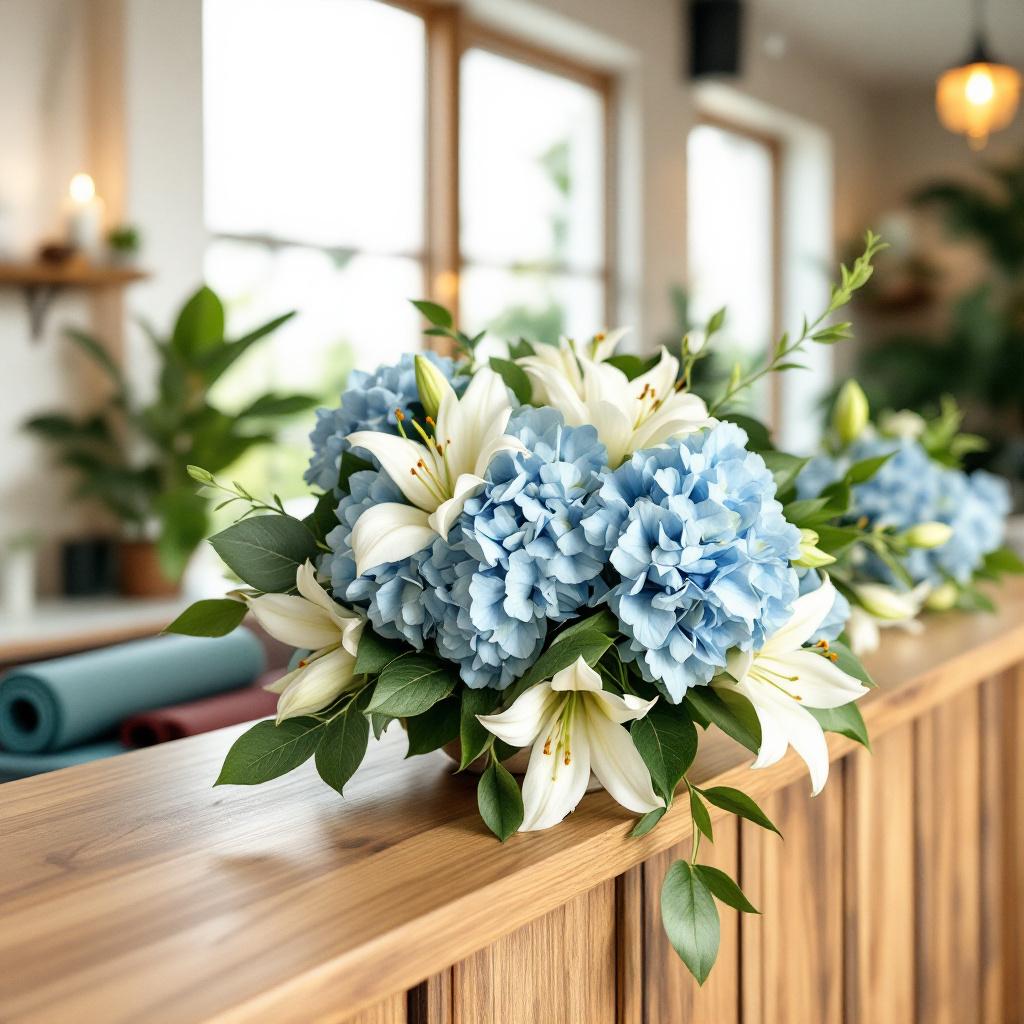
Flowers delivery to San tan Valley, Queen Creek, Gilbert, Chandler, Mesa
Arizona’s unique climate poses distinctive challenges and opportunities when selecting flowers for yoga club arrangements. Characterized predominantly by its desert climate, Arizona experiences significant temperature extremes, often exceeding 100 degrees Fahrenheit during summer months. The arid environment is marked by low humidity levels, which can influence the longevity and vitality of floral selections. Consequently, understanding this climate is crucial for ensuring that your flower arrangements not only enhance the aesthetic appeal of your yoga space but also align with the local environment.
One of the primary considerations when choosing flowers is their tolerance to heat. Options such as succulents, agaves, and cacti are not only visually appealing but also naturally adapted to thrive in high temperatures with minimal water. For those who desire a touch of color, certain varietals such as desert marigold, California poppy, or Mexican sage, known for their vibrant hues and resilience, can be excellent choices. These flowers’ innate ability to withstand Arizona’s harsh conditions while requiring limited moisture can help maintain the beauty of arrangements over time.
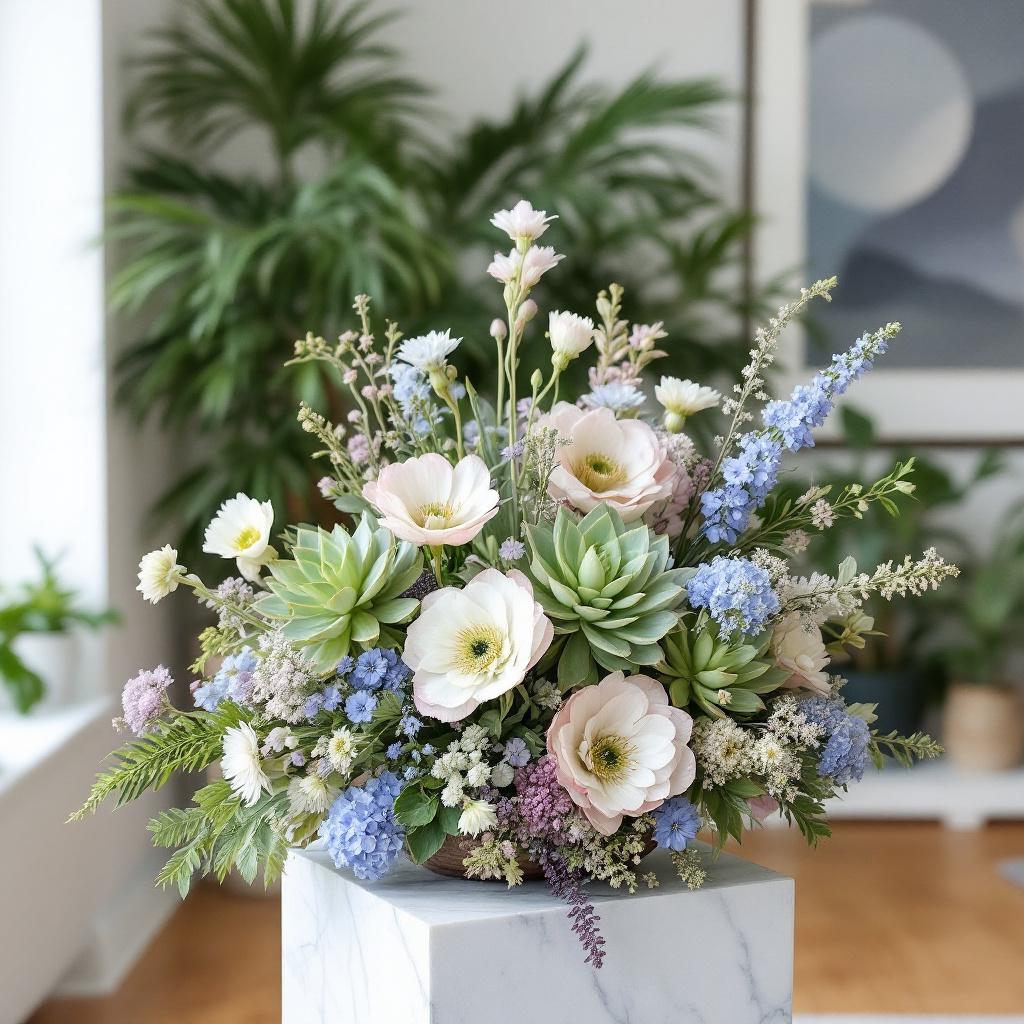
Seasonal variations also play a significant role in flower selection. The transition from summer to fall introduces a slightly cooler climate, which may open the door to other flowering plants that are dormant in the heat. Taking note of these seasonal changes can expand the variety of flowers available, allowing more diverse arrangements that still reflect the local climate. Achieving a balance between aesthetic appeal and environmental considerations results in an inviting atmosphere conducive to relaxation and mindfulness, essential qualities in a yoga club setting.
Choosing the Right Flowers for a Calm Atmosphere
Creating a serene and tranquil environment is essential for a yoga club, and the choice of flowers plays a significant role in achieving that ambiance. When selecting flowers, it is crucial to consider not only their visual appeal but also their psychological effects on relaxation and mindfulness. Certain colors and scents have been shown to influence mood and promote a sense of calm, making them ideal for yoga settings.
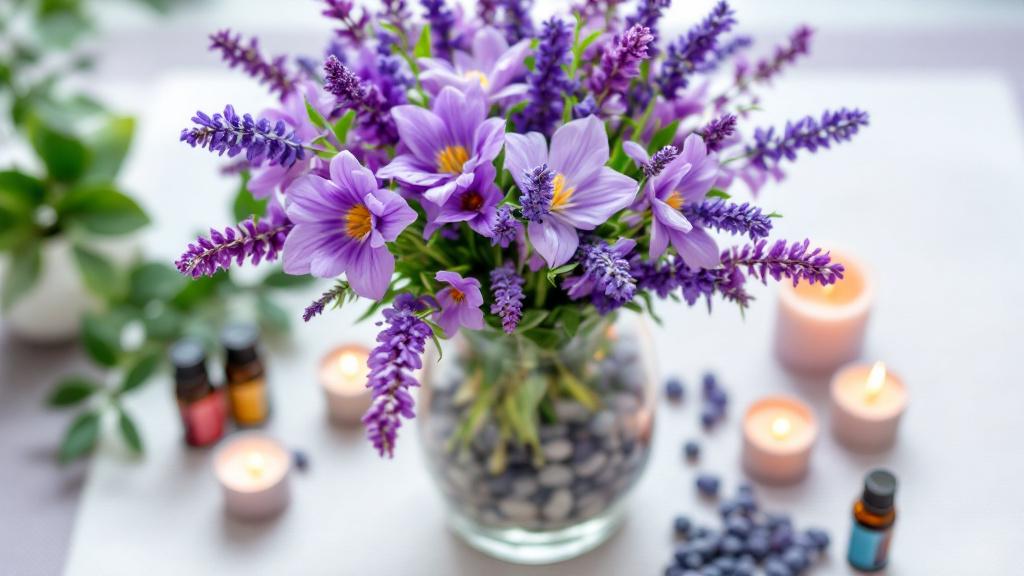
One of the most soothing flowers is lavender, renowned for its calming effects. The soft purple hue of lavender not only adds a touch of elegance but is also associated with relaxation. Its scent can help reduce anxiety and promote better sleep, making it a perfect addition to any yoga practice space. Another excellent choice is jasmine, known for its sweet fragrance, which has been linked to lowering stress levels and enhancing feelings of well-being. The delicate white blooms can pair beautifully with other flowers to create an uplifting environment.
In addition to lavender and jasmine, other flowers that contribute to a peaceful atmosphere include chamomile, peonies, and roses, particularly in soft pastel shades. The gentle colors and pleasing scents of these flowers can enhance focus and mindfulness during yoga sessions. When considering arrangements, it is important to balance size and shape; large clusters may create visual distractions, while smaller, more focused arrangements can invite calmness and serenity.
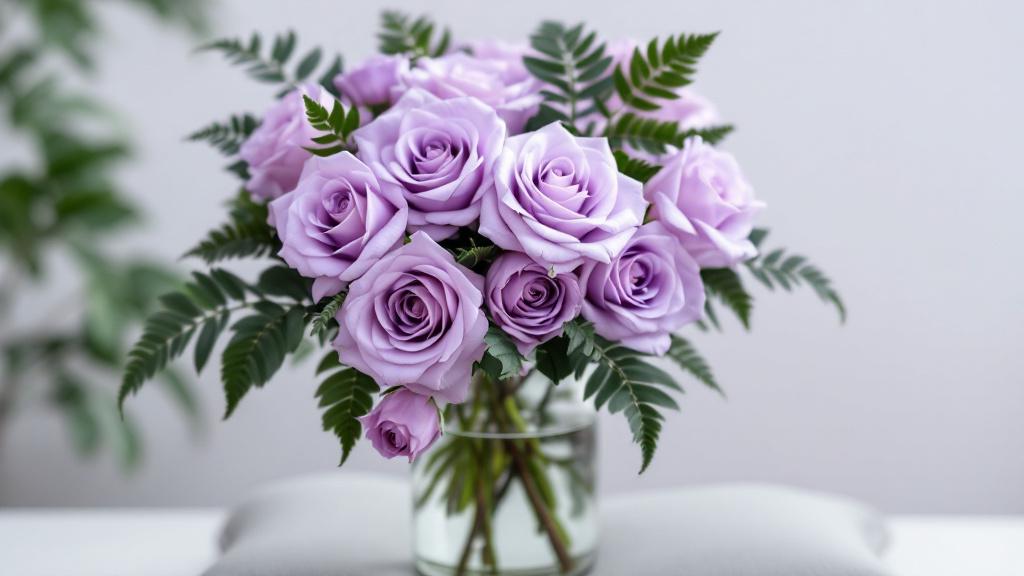
Moreover, integrating variations in height and texture can add depth without overwhelming the space. For instance, combining the smooth petals of roses with the feathery leaves of ferns can offer a harmonious visual and tactile experience. Achieving an optimal scent balance is also crucial; too strong a fragrance might cause distractions rather than promote relaxation. By mindfully choosing calming flowers and arranging them thoughtfully, a yoga club can create an environment that is both peaceful and inviting, enhancing the overall yoga experience.
Sustainable Sourcing and Local Flower Options
In the context of arranging flowers for yoga clubs in Arizona, the practice of sustainable sourcing is paramount. Emphasizing environmentally-conscious choices not only aligns with the yoga philosophy but also contributes to a reduced carbon footprint. By selecting local flowers, yoga clubs can play a significant role in supporting community growers while decreasing the environmental impact associated with transporting flowers from distant regions. This practice fosters a connection between the community and the natural environment, echoing the principles of mindfulness and sustainability in yoga.
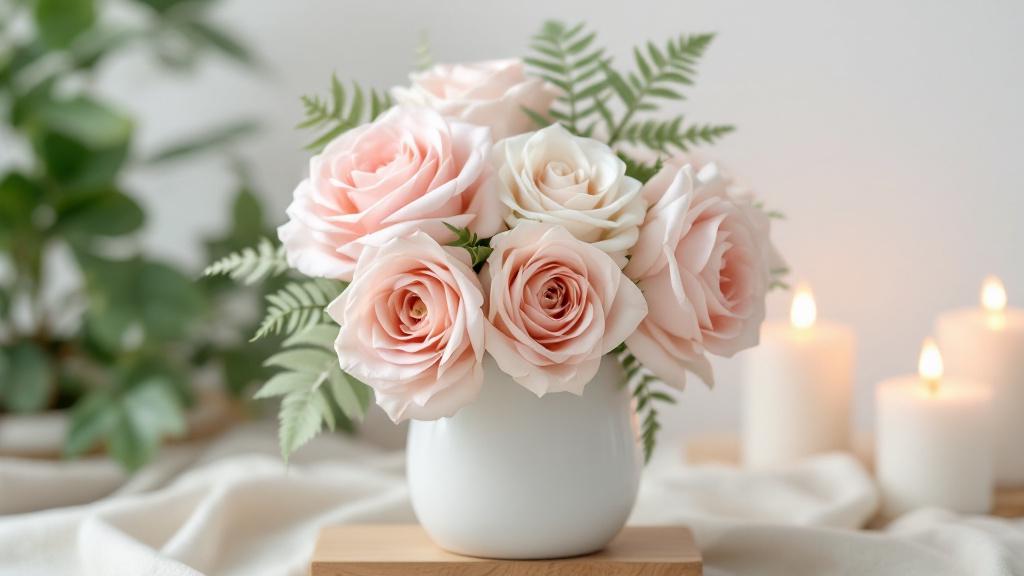
When sourcing flowers locally, it is vital to consider seasonal options that thrive in Arizona’s unique climate. Flowers such as desert marigolds, globe mallow, and the iconic creosote bush blossoms are excellent choices. These seasonal flowers not only offer vibrant colors and textures to enhance the overall aesthetic of the yoga space but are also well-adapted to the local environment, requiring less water and maintenance. This local approach minimizes the reliance on out-of-state flowers, which may require extensive transportation, thus reducing carbon emissions and promoting a more sustainable practice.
Moreover, prioritizing organic and pesticide-free flowers is crucial for creating a healthy indoor atmosphere for yoga practitioners. Chemicals used in conventional flower farming can have adverse effects on both human health and the environment. By choosing flowers sourced from local organic growers, clubs can ensure that their arrangements not only look beautiful but are also safe for participants. This conscious decision reflects a broader commitment to sustainable living and encourages a mindful environment conducive to yoga practices.
In conclusion, embracing sustainable sourcing and local flower options can greatly benefit yoga clubs in Arizona. This approach not only supports local communities but also enhances the ecological welfare of the region while creating a serene space for practitioners.
Arranging and Maintaining Yoga Club Flowers
Creating a serene and inviting atmosphere in a yoga club is essential for enhancing the overall experience of practitioners. Thoughtful arrangements of fresh flowers not only add aesthetic value but also contribute to a calming ambiance. When selecting containers for your flower arrangements, consider choosing vessels that resonate with the tranquility of the space. Natural materials such as wood or ceramic can harmonize well with the earthy elements typically found in yoga environments. Ensure the containers are appropriate for the flowers you choose, allowing sufficient room for the stems and providing adequate drainage.
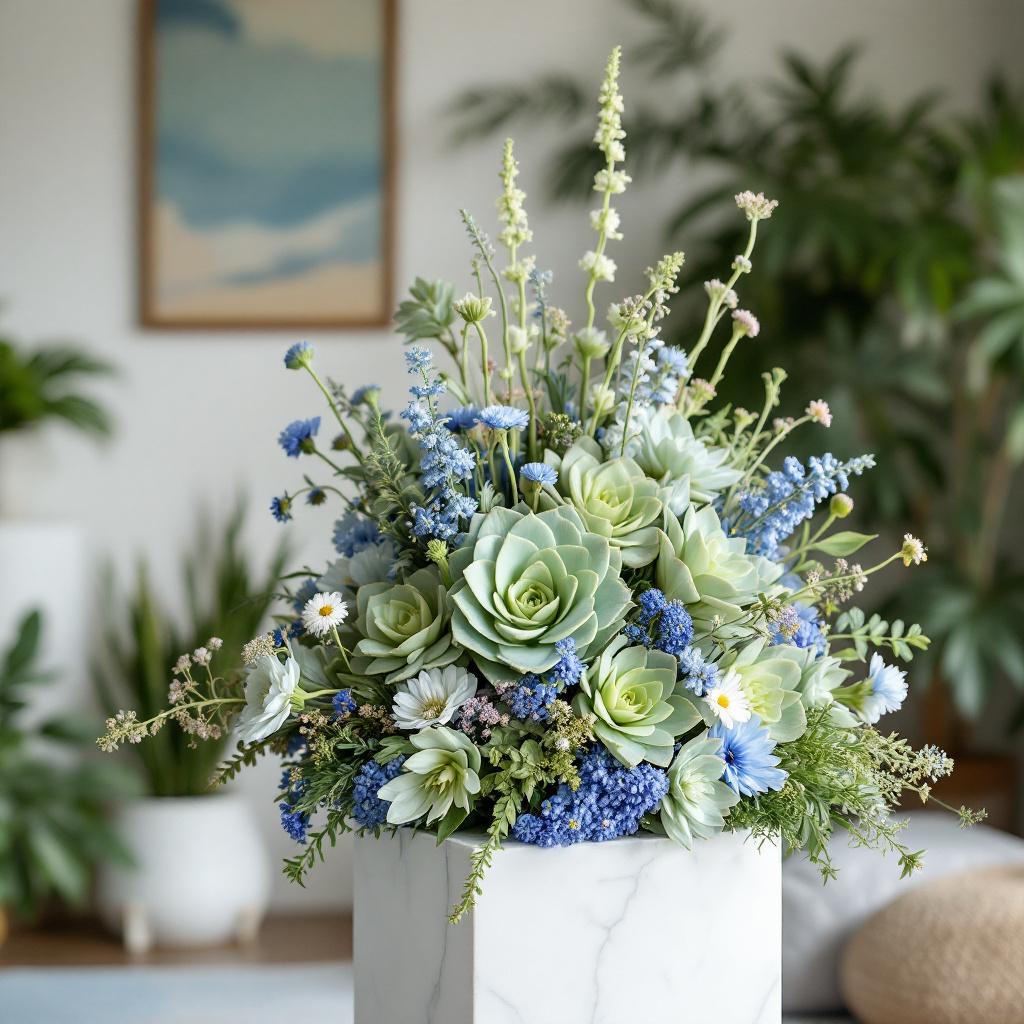
For arrangement techniques, aim for a balanced composition that complements the overall decor of the yoga studio. Employing asymmetrical designs can create a sense of movement, echoing the fluidity of yoga poses. Alternatively, symmetrical arrangements might offer a sense of balance and stability. Incorporate varying heights and textures by combining bold flowers with delicate foliage to provide visual interest while maintaining a sense of harmony. When selecting flowers, focus on varieties known for their longevity and resilience, allowing arrangements to thrive throughout classes.
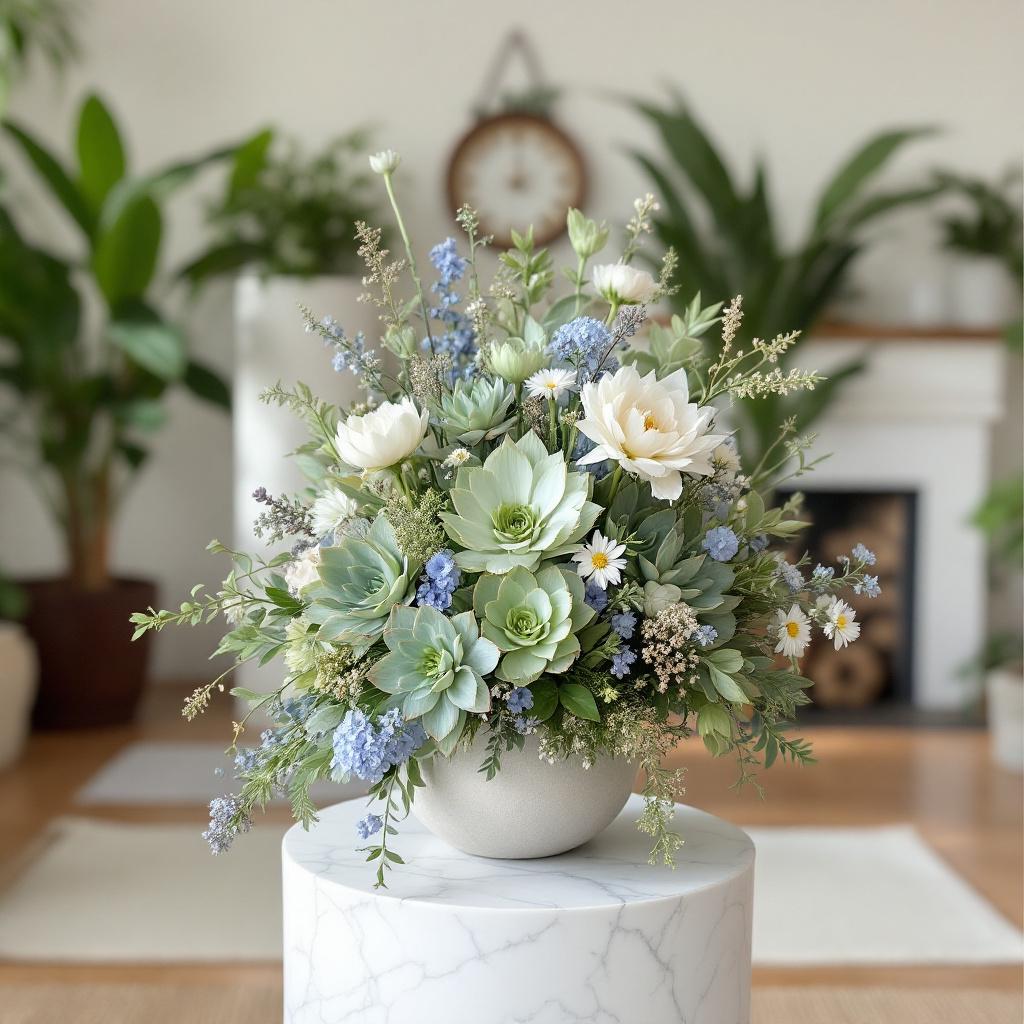
Caring for the floral displays is crucial to prolong their vibrant presence. Establish a watering schedule based on the specific needs of your flowers, as some may require more frequent hydration than others. Monitor the light requirements of your chosen blooms; placing them in areas with indirect sunlight usually proves beneficial. Regularly inspect arrangements for wilted or browning flowers, promptly removing any such specimens to maintain a fresh appearance. To keep the atmosphere dynamic, rotate flower varieties seasonally, allowing for the integration of seasonal blooms that enhance the energy of the space. This practice ensures that your yoga club remains as refreshing as the practices it hosts.
